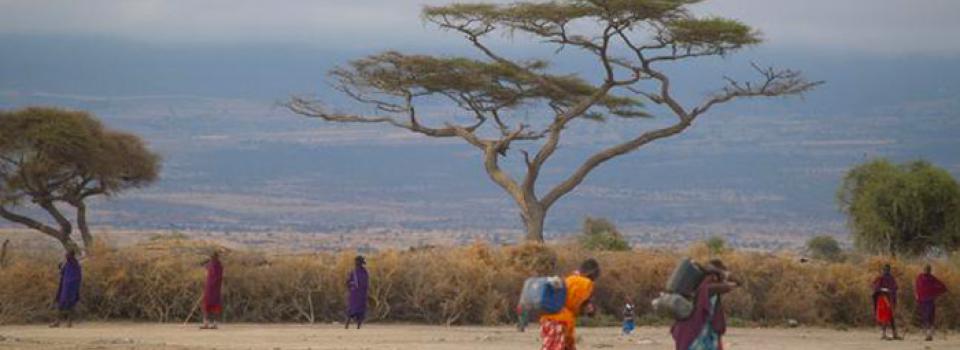Rights of Indigenous people to manage protected areas needs to be better recognised at the national level
Significant work remains to be done, particularly at a national policy level, to deliver on the recommendations related to Indigenous people and protected areas coming out of the last IUCN World Parks Congress – this was the key message from a session held at the latest World Parks Congress 2014 held in Sydney, Australia.
The IUCN World Parks Congress is the landmark global forum on protected areas, held once each decade. This latest event provided the opportunity to reflect on the progress of the outcomes of the previous Congress in Durban, South Africa in 2003, which were summarised in the Durban Accord.
Several of the recommendations within the Durban Accord related directly to Indigenous people. This included recommendations to involve Indigenous people in the creation and management of protected areas, and to share the benefits of protected area management with them. As part of the ‘respecting Indigenous and traditional knowledge and culture’ stream of the current Congress, a session looking at the success of the Indigenous people-related recommendations of the Durban Accord found that, while progress had been made, there are still significant pending steps.
The consensus of the presenters was that the rights of Indigenous people in relation to their land needed to be incorporated into national policies and legislation. The traditional knowledge of Indigenous people is often recognised and utilised at the grassroots management level, but not at the national level. Indeed, the intrinsic right of Indigenous people to live on their land within protected areas is often not recognised. This continues to lead to displacement of Indigenous people from their land, which in turn leads to a loss of traditional knowledge and livelihoods.
“There’s a real need to be able to change national policy, national legislation, which in many, many of these countries, still insists that Indigenous peoples cannot live on their land,” said Mr Justin Kenrick of Forest Peoples Programme.
“Some of the commitments that governments [made] have not been well implemented – especially in Africa. We still have a lot of challenges. We see that many Indigenous communities are still being displaced - they’re still the most poor of the poorest,” said Ms Lucy Mulenkei, a Maasai woman who runs the Indigenous Information Network in Kenya.
Protected areas often suffer without Indigenous management, as when the people live on and benefit from their land, they are likely to manage it more sustainably. Indigenous people are often at the frontline of protected area management, resisting the poachers and illegal loggers that pose a serious security threat.
“We know some areas of communities living within protected areas, and it is a problem for them because they can easily be displaced as they are not seen to be the ones protecting the resources, but rather like they’re the ones who are the problem - because their lands are at stake, the whole problem comes round to the issue of land,” added Ms Mulenkei.
“There’s not a contradiction between people living on their land and the protection of those forests - these people have been evicted from their lands, they’re illegally in a national park, they shouldn’t be there according to the law, but when you look at what’s happening, they are the very people who are protecting that land!” added Mr Kenrick.
The tenure of protected areas is a critical issue for Indigenous people. Secure land tenure allows Indigenous people to manage for long-term benefits for future generations. Secure land tenure also gives the Indigenous people the right to decide whether they actually want their land to become a protected area. Genuine dialogue between governments and Indigenous people is needed to ensure they are involved in decision making, and that protected areas establishment is consistent with ‘rights-based conservation’.
“I am a strong believer in really strengthening the communities. At the end of the day, governments will change, conservation people will change, but the Indigenous peoples are in their territories, they will never change, they’re there, they will stay there and want to protect those territories forever and ever, for the next generations - unless they are displaced because of extractive industries, or sometimes because of parks!” said Ms Vicki Tauli-Corpuz, UN Special Rapporteur on the Rights of Indigenous People.
Given protected areas provide ecosystems services to all of us, it is in all of our interests to make sure that Indigenous communities can live on their land and manage it sustainably.
“What is lacking is the implementation, the effective implementation of this, and I think that is what we really need to express very strongly in the Promise of Sydney,” added Ms Tauli-Corpuz.







